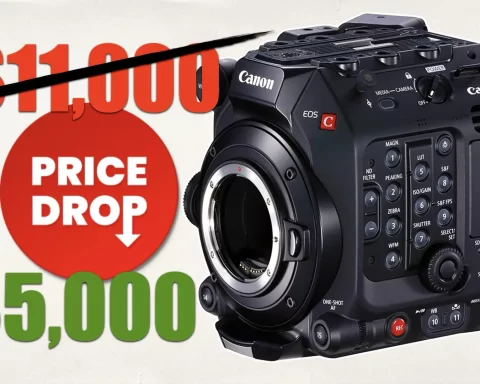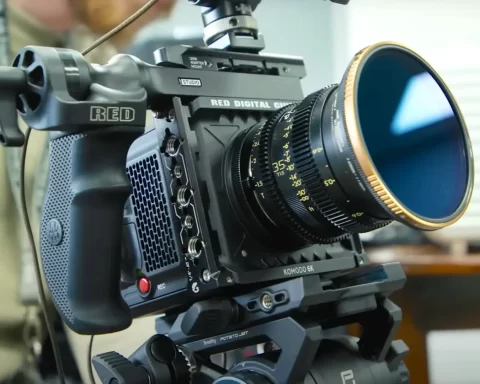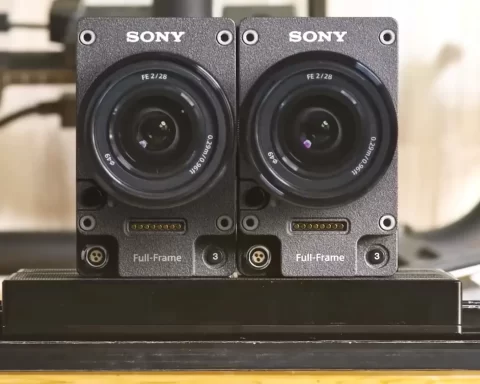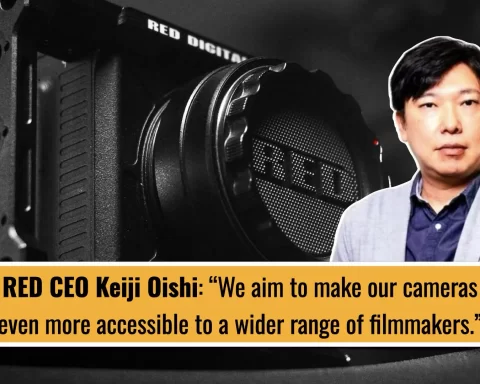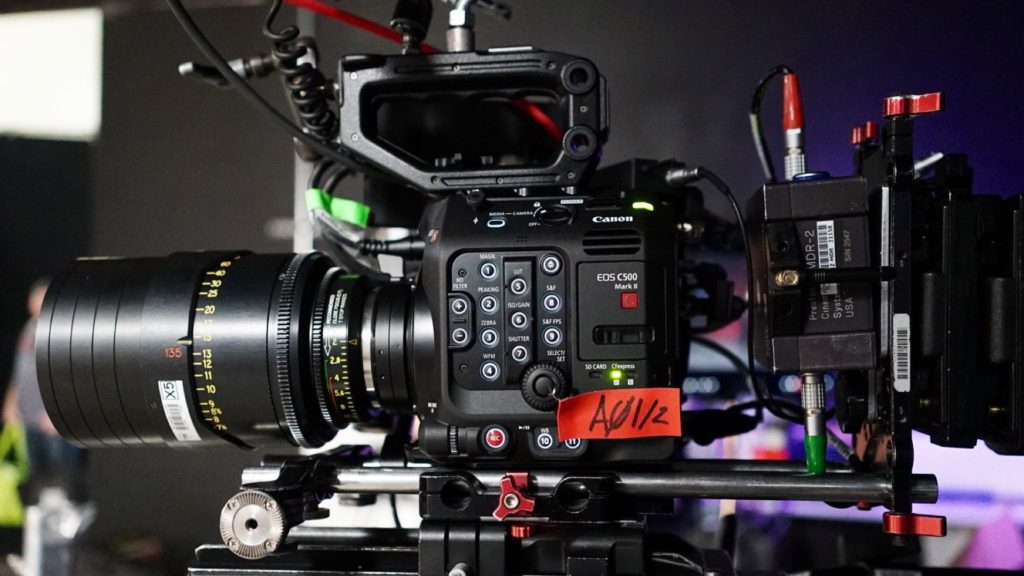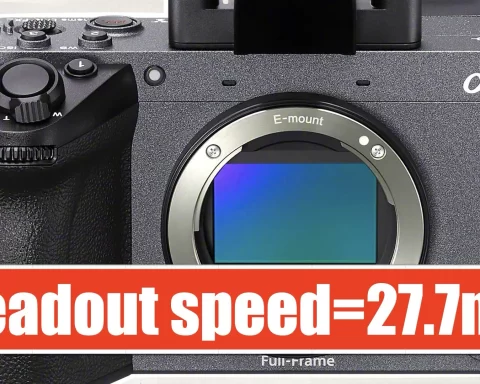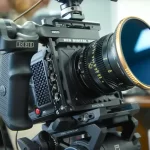To celebrate the theatrical release of Matrix Resurrections, RED Digital Cinema sheds a lot of light on the cinematography behind it. Two interesting facts: The film was shot on Rangers and Komodos. The Rangers were utilized as an array of 15 bodies, and a Komodo was totally melted in a vehicle explosion. The production saved those shots though. Read on about the making.
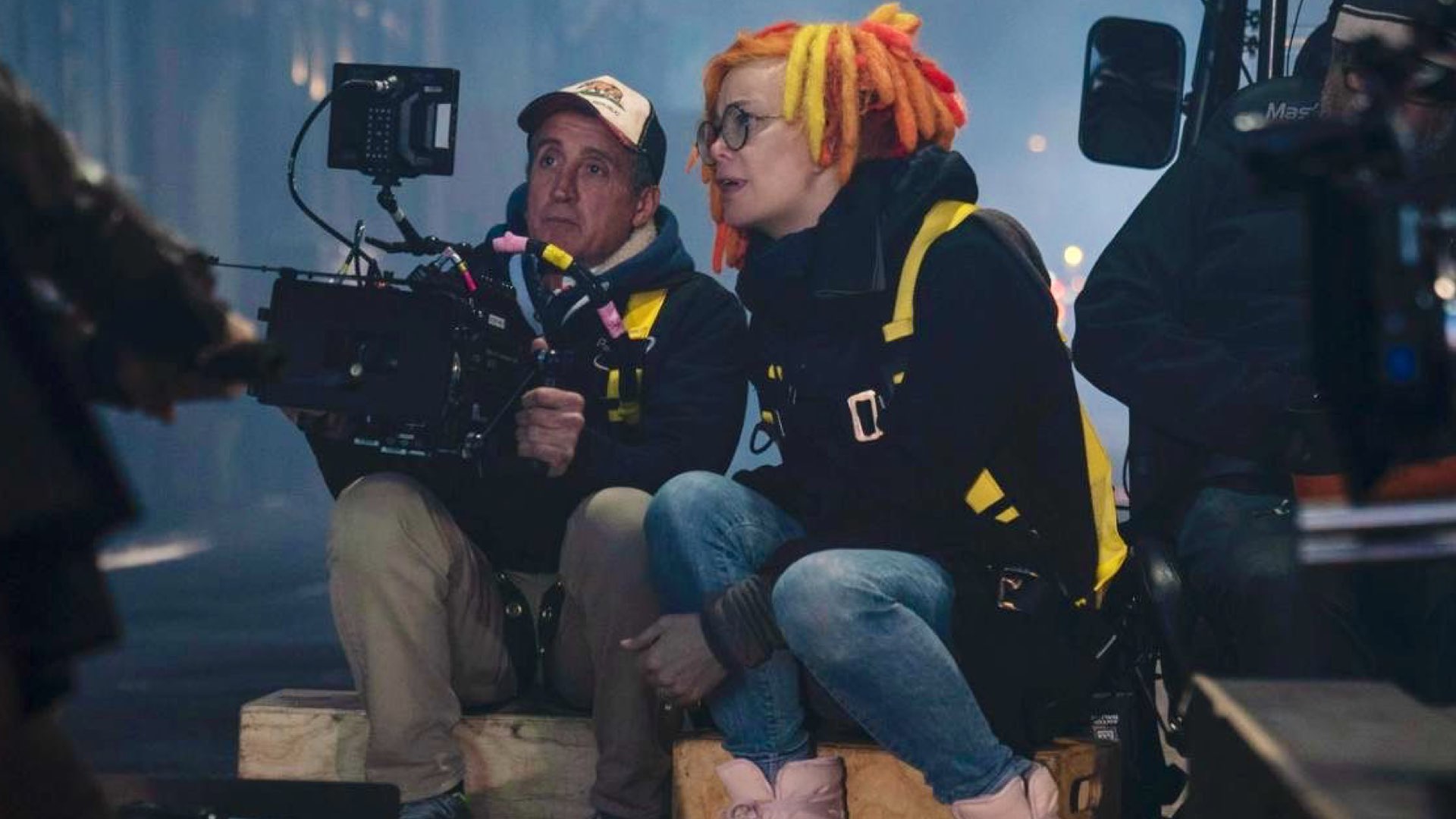
The first Matrix that was shot digitally
Matrix Resurrections which was directed by Lana Wachowski, and shot by Daniele Massaccesi, (co-cinematographer) and John Toll, ASC, is the first film in the series that was shot on digital cameras. RED Digital Cinema elaborates on the process by interviewing Massaccesi. “The original film was shot with a green filter, a tonal key borrowed from the green code typical of industrial computer monitors of the time. It was also shot, like its two sequels, on film” stated Massaccesi. For The Matrix Resurrections, Wachowski wanted to take advantage of the versatility of digital. “Pausing to reload film reels would just delay the creative efficiency,” said Massaccesi. Personally, I have to admit that this is the first time that I hear that shooting on film impairs creativity. However, in most cases it’s much faster to shoot digital than on film, there’s no doubt about that.
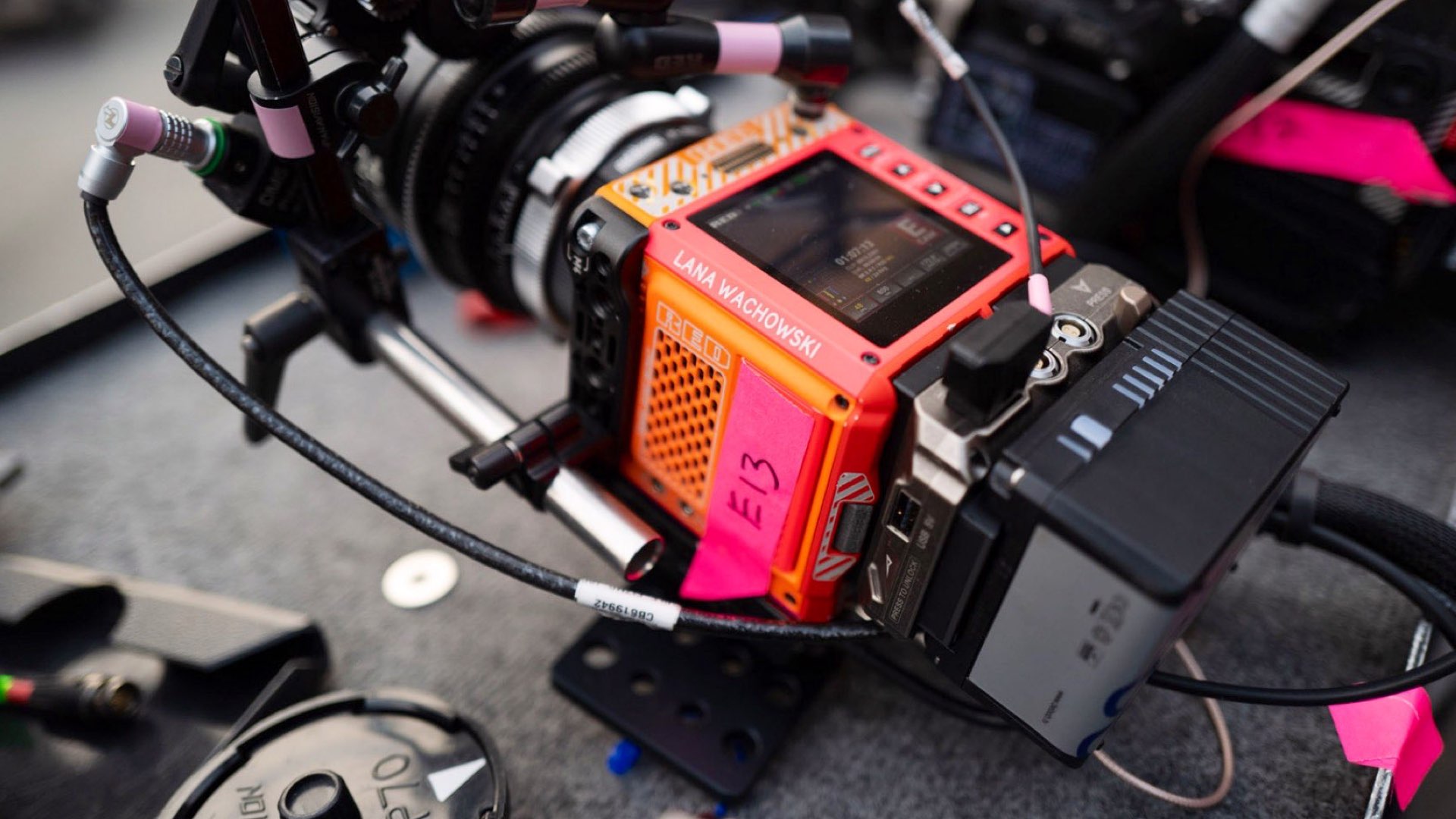
Arrays of 15 RED Ranger bodies
Arrays of 15 RED Ranger bodies were deployed for certain shots on set. This included a shot of Trinity screaming, with multiple shadowy perspectives of her face captured by the camera array showing in the same frame. In the first Matrix, the production utilized still cameras for a similar technique (see next paragraph) , but now they could afford using the formation of digital cinema cameras. Check out the slide below which shows the RED Ranger array.
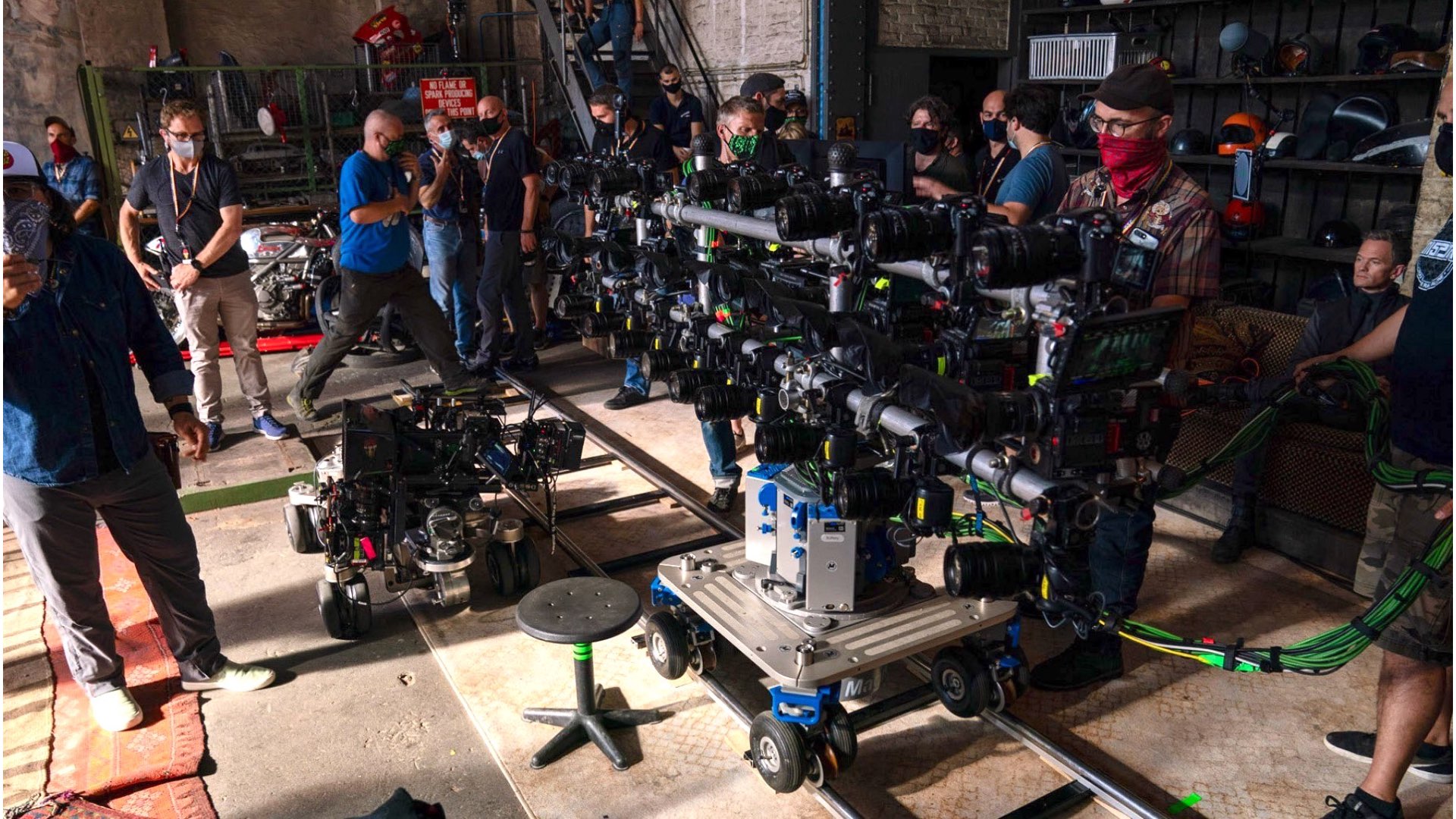
Instead of having each Ranger in parallax as if to shoot 3D, the cameras were aligned to shoot an identical view, with one recording 6K 120fps and the other 6K 8fps. The footage was then blended in post to create an 11-minute-long scene played back at a normal film speed of 24fps.
Cinematographer Daniele Massaccesi
Blending 6K 120fps with 6K 8fps
In the film’s most spectacular homage to the bullet time sequence, two actors [Reeves and Neil Patrick Harris] appear to move at different speeds within the same frame. The term “Bullet time” was first used with reference to ‘The Matrix’, which has set the foundation for this special type of effect. Bullet time (also known as frozen moment, dead time, flow motion or time slice) is a visual effect or visual impression of detaching the time and space of a camera (or viewer) from those of its visible subject. In ‘The Matrix’ it wasn’t possible to implement that effect with conventional slow motion, as the Panavision Platinums don’t have enough FPS (maximum of 40 FPS). Thus, a large group of still cameras was used. To keep the action going, the “Bullet time” team didn’t actually fire their 120 cameras simultaneously (like others do), but fractions of a second after each other, creating super slow-motion instead. Hence, the film was pioneering this technique, which is being utilized by many directors ever since. However, in Matrix Resurrections, they did it in a completely different method. Massaccesi Explains: “Lana wanted one actor to be moving super fast and one moving super slow, and yet be in the frame together interacting. The answer was to use a stereoscopic rig. Instead of having each Ranger in parallax as if to shoot 3D, the cameras were aligned to shoot an identical view, with one recording 6K 120fps and the other 6K 8fps. The footage was then blended in post to create an 11-minute-long scene played back at normal film speed of 24fps”.

RED Komodo: The advantage of global shutter in shooting action
One of the main strengths of the RED Komodo is the global shutter sensor. That can be even more important when shooting fast objects, action sequences, and explosions. Matrix 4 was one of the first films that heavily utilized this camera. “It’s such a small body you can place it anywhere. We used it a lot in vehicles” said Massaccesi. “On a movie like this with lots of fast motion, gunfire, and explosions, you want the action to be as hard and as high resolution as possible. The global shutter eliminates that rubber motion you get from cameras with conventional shutter”. According to Massaccesi, in another stunt scene in San Francisco, the camera body of a Komodo melted in a vehicle explosion but we saved the footage. The footage was still saved” he emphasized (=ALEXA Classic case…for those who remember).

In another stunt scene in San Francisco, the camera body of a Komodo melted in a vehicle explosion but we saved the footage.
Cinematographer Daniele Massaccesi
Watch the BTS (Behind the Scenes) video below:
The Matrix Resurrections is in theatres internationally and nationwide and in the U.S. on HBO Max via the Ad-Free plan as of December 22, 2021; it will be available on HBO Max in 4K UHD, HDR10, Dolby Vision, and Dolby Atmos (English only) on supported devices for 31 days. The Matrix Resurrections is rated R for violence and some language. Check out the trailer below:
What are your insights about the cinematography of Matrix Resurrections? Have you watched it? Let’s know your thoughts about it.
Product List
Here’re the products mentioned in the article, and the links to purchase them from authorized dealers.
- RED Digital Cinema Komodo 6K
- RED Digital Cinema Ranger


